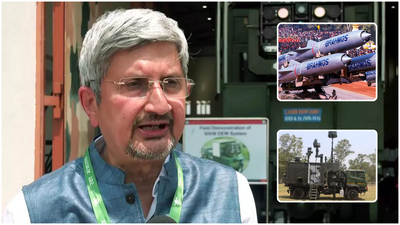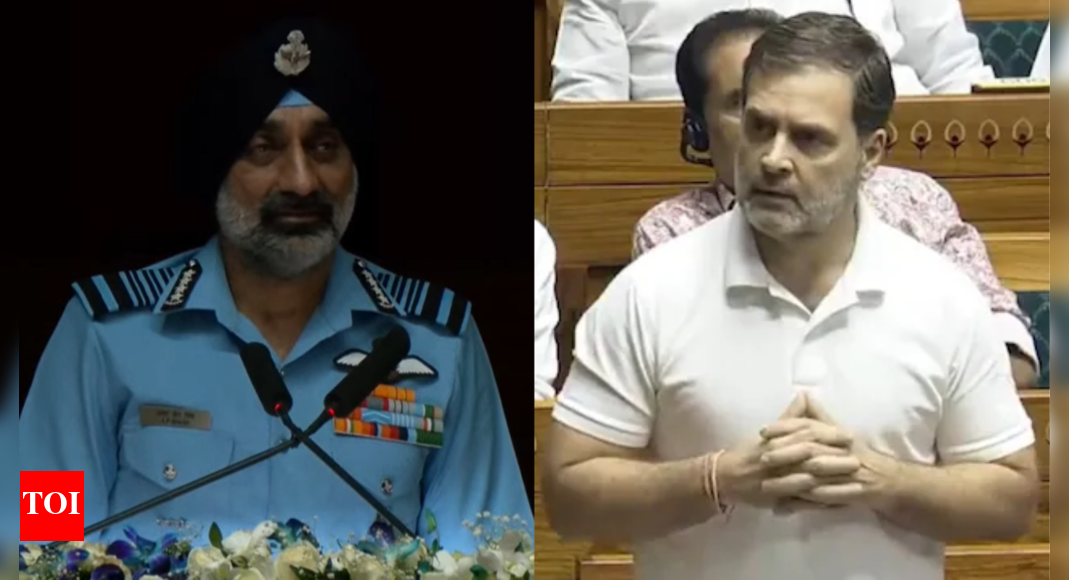NEW DELHI: India’s cutting-edge BrahMos missiles and Akashteer air defence system were pivotal in Operation Sindoor, the retaliatory strike carried out on May 7 following the April 22 terror attack in Pahalgam, Jammu & Kashmir, that claimed 26 lives, Defence Research and Development Organisation (DRDO) chairman Samir V Kamat said on Saturday.Speaking to reporters in Pune, Kamat explained that during the offensive phase, the BrahMos missile, primarily launched from the Sukhoi Mk 1 aircraft, served as the principal strike weapon, while Akashteer formed the backbone of the defensive systems.“When it comes to offensive weapons, BrahMos was the primary weapon used, which was launched from our Sukhoi Mark 1 platform. When it comes to defensive weapon systems, the Akashteer system, the anti-drone system and the MRSAM were used,” Kamat said, as quoted by news agency ANI.He further detailed how the Akashteer network integrated all sensors, enabling the identification of incoming threats and the selection of the right weapons to neutralise them. “Advanced early warning and control aircraft were also used for advanced surveillance. This is broadly what I can say without getting into too much,” he added.Akashteer, a fully indigenous automated Air Defence Control and Reporting System, has proved its capability in intercepting and neutralising incoming projectiles during India-Pakistan hostilities. BrahMos, a product of Indo-Russian defence cooperation, has enhanced India’s deterrent posture with its precision strikes, supersonic speed, and long range.Expressing pride in the indigenous capabilities demonstrated during Operation Sindoor, Kamat said, “It’s indeed a proud moment for all of us. It’s a reflection of the strength of our R&D and production in the defence domain. I’m sure going ahead, this number will keep increasing.”The operation’s success, he noted, has sparked increased interest from foreign buyers. As per ANI, India’s defence exports touched a record Rs 23,622 crore in FY 2024–25, up 12 per cent from the previous year. Kamat said exports could double in the next two to three years due to global interest in systems like Pinaka, ATAGS, BrahMos and Akash.Annual defence production also reached an all-time high of Rs 1,50,590 crore in FY 2024–25 — an 18 per cent rise over the previous year and a 90 per cent jump since 2019–20. Kamat credited this growth to the central government’s Atmanirbhar Bharat and Make in India initiatives, which have boosted domestic manufacturing and reduced reliance on imports.Defence minister Rajnath Singh has lauded the achievement as a clear indicator of India’s growing defence industrial base, with Defence Public Sector Undertakings accounting for 77 per cent of total production and private firms contributing 23 per cent.Kamat added that interest is coming from Southeast Asia, the Middle East, and Africa, and that India’s self-reliance in defence manufacturing is now not just a strategic goal but a necessity, as underscored by the recent conflict with Pakistan.






